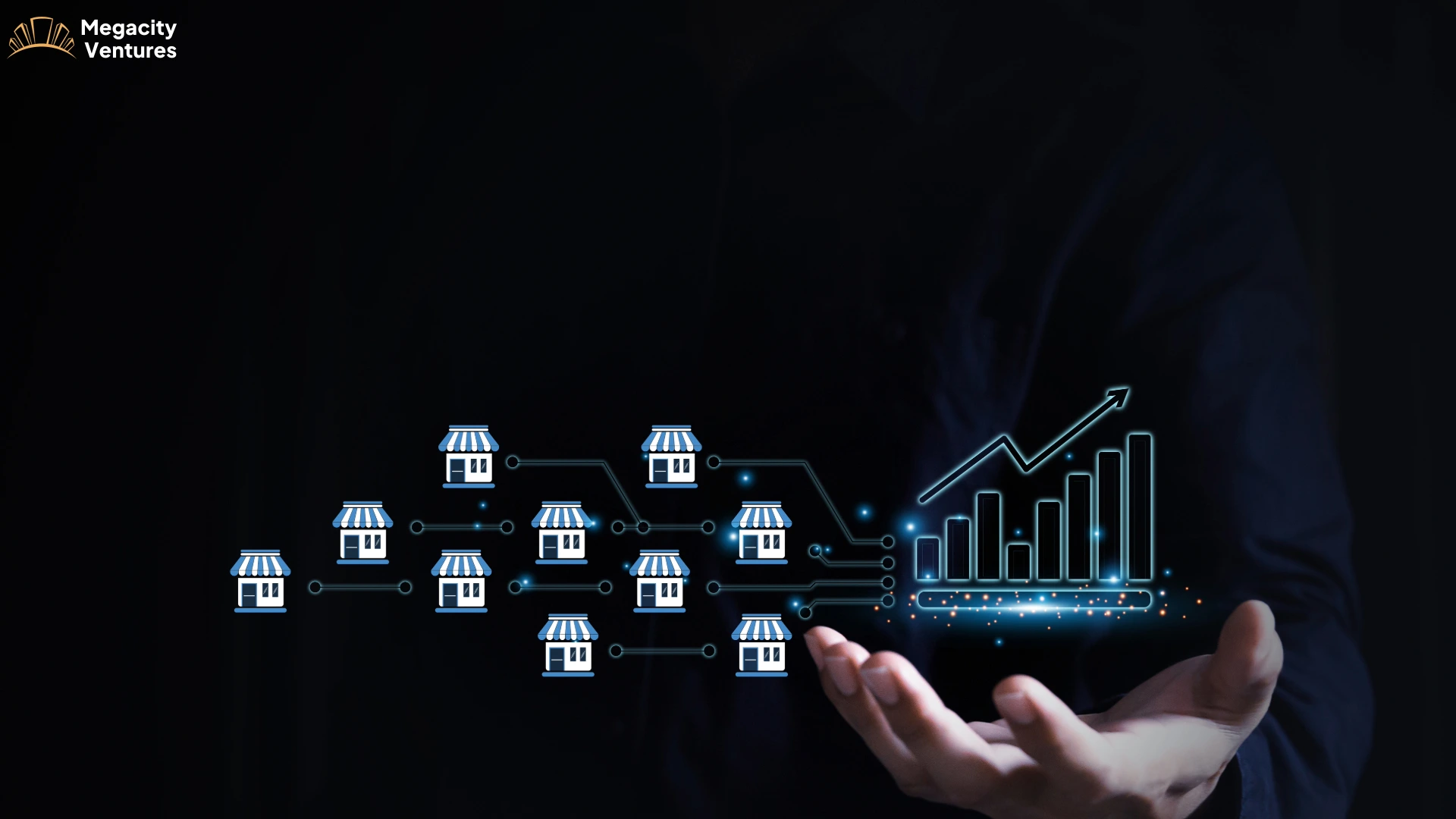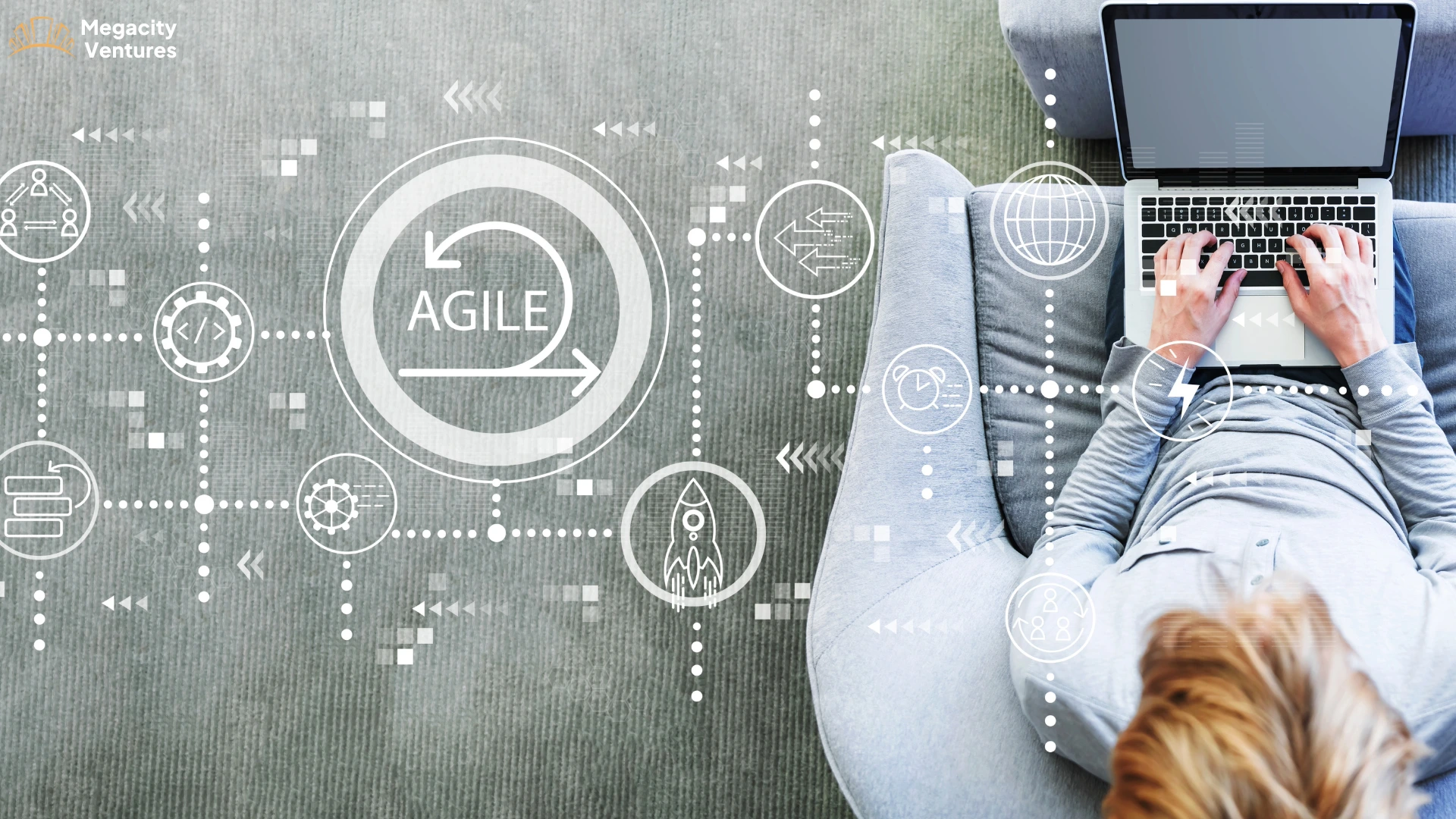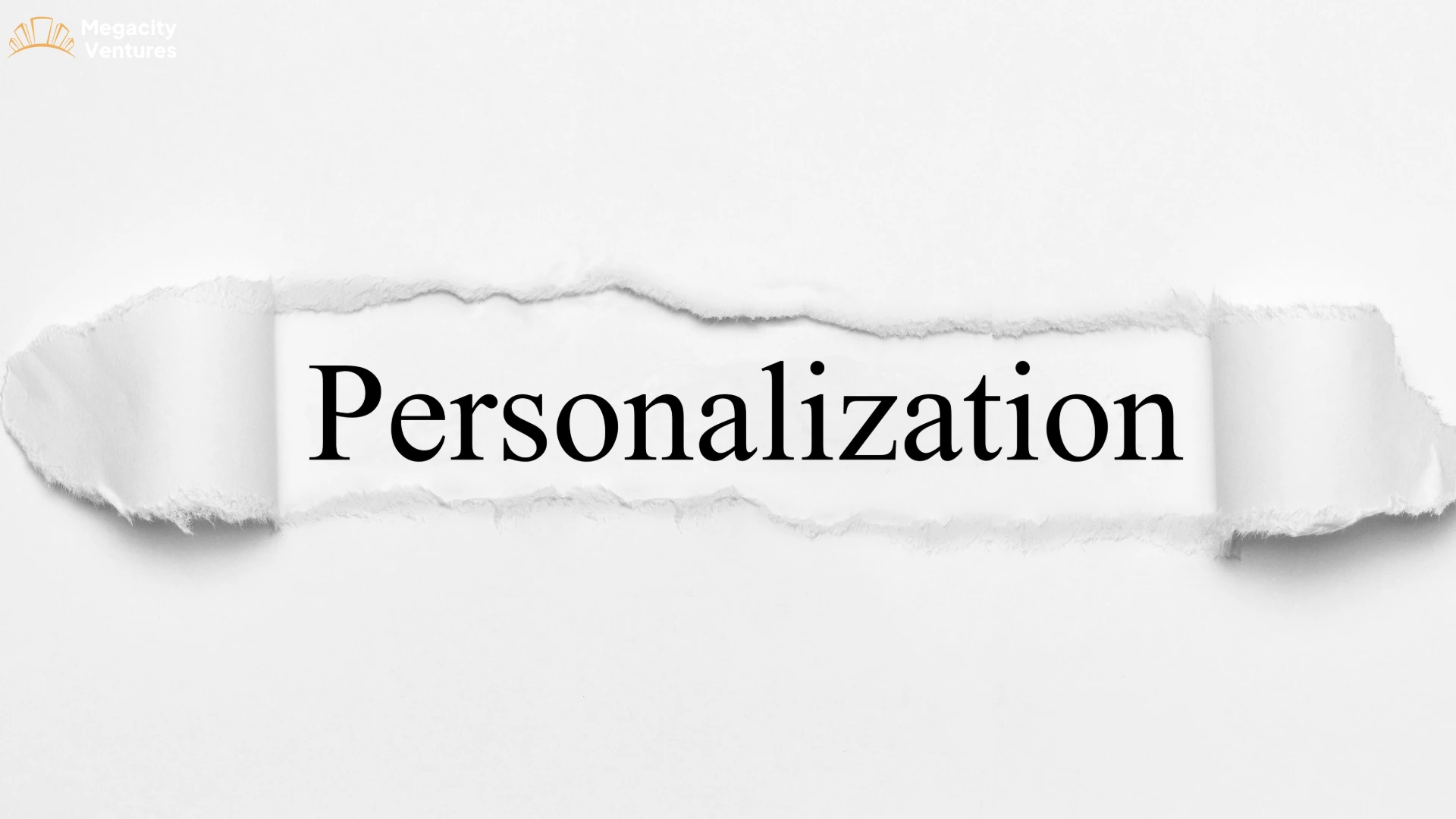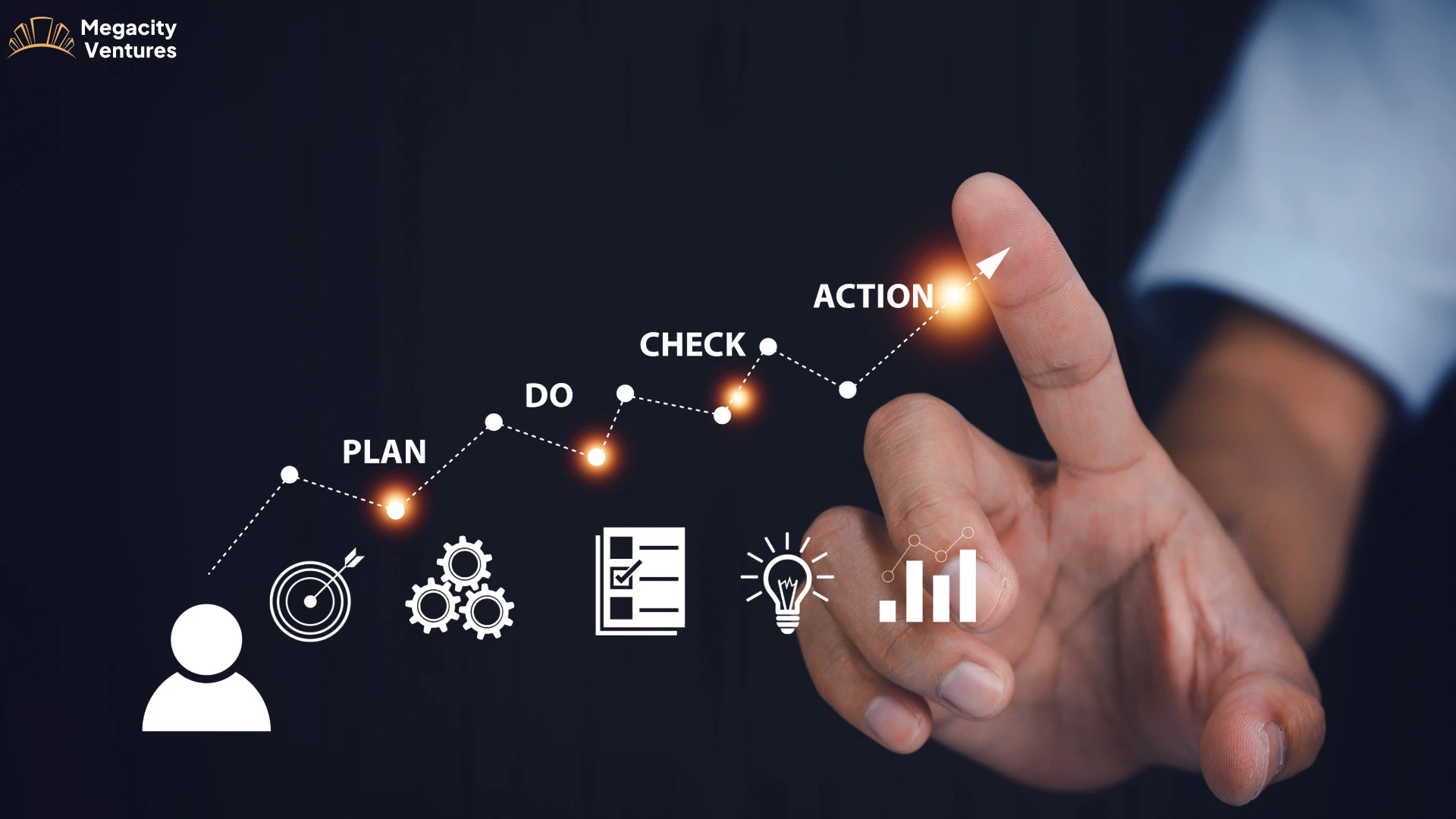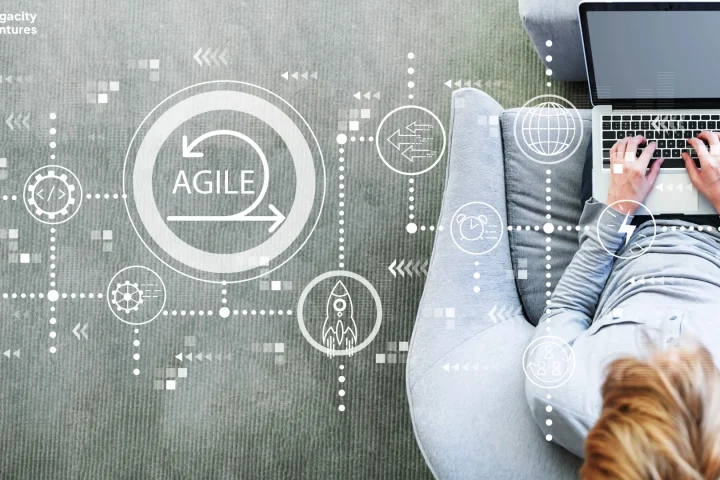The Evolution of Product-Led Growth: New Strategies for 2025
Product-Led Growth (PLG) has become a dominant force in the SaaS world, empowering companies to leverage their product as the primary engine for customer acquisition, retention, and expansion. As we look ahead to 2025, PLG continues to evolve, with new strategies and trends emerging to shape its future.
The Rise of PLG and its Impact
PLG represents a fundamental shift in go-to-market strategy. Instead of relying heavily on sales and marketing, PLG puts the product at the forefront, allowing users to experience its value firsthand before making a purchase decision. This approach has proven highly effective in reducing customer acquisition costs, shortening sales cycles, and improving customer retention.
The rise of PLG is driven by several factors, including:
- Changing customer behaviour: Today's customers, especially in the B2B space, expect seamless, self-service experiences. They want to try before they buy and prefer to learn about products through direct interaction rather than sales pitches.
- Increased competition: In a crowded SaaS market, PLG helps companies stand out by offering a superior user experience and demonstrating value quickly.
- Focus on customer success: PLG aligns with the growing emphasis on customer success. By empowering users to achieve their goals with the product, companies can build stronger relationships and foster long-term loyalty.
Key Trends Shaping PLG in 2025
As PLG continues to mature, several key trends are shaping its evolution:
Hyper-Personalization: In 2025, personalization is reaching new heights. Companies are leveraging AI and machine learning to analyze user data and deliver tailored experiences that adapt in real time. This includes personalized onboarding flows, customized feature recommendations, and targeted content.
Frictionless Onboarding: With customers expecting immediate value, frictionless onboarding has become essential. Companies are streamlining the first interaction users have with their products, focusing on delivering quick wins and value realization. This involves guided tours, in-app messaging, and contextual tips that appear when needed.
Real-time Analytics and Actionable Insights: PLG relies heavily on data to understand user behaviour and optimize the product experience. In 2025, real-time analytics tools will provide companies with deeper insights into user engagement, allowing them to identify areas for improvement and act quickly.
Expansion of Freemium and Free Trial Models: Freemium and free trial models remain popular PLG strategies, but they are becoming more sophisticated. Companies are offering tiered pricing plans with clear value propositions, allowing users to seamlessly upgrade as their needs grow.
Community-Driven Development: The era of the isolated product team is over. Modern companies are recognizing the value of involving their user community in the product development process. Community-driven development fosters loyalty and ensures that features align closely with user needs.1
Embedded PLG Strategies: In 2025, PLG strategies are increasingly becoming embedded in product design, starting from the MVP stage. This involves designing products with self-service growth loops built in from the beginning, ensuring that growth is baked into the product's DNA rather than being an afterthought.
Leveraging Product Usage Data for Upselling: Analyzing product usage patterns allows companies to identify opportunities for upselling and cross-selling. By understanding which features users engage with, tailored offerings can be presented to enhance value and drive revenue growth.3
Integration of Web3 and Decentralized Technologies: While still in its early stages, the integration of Web3 and decentralized technologies is poised to impact PLG. This could manifest as decentralized collaboration tools or reward mechanisms that incentivize product usage while giving users greater ownership of their data and contributions.4
Sustainability and Ethical Design in PLG: As consumers become more conscious of their impact, sustainability and ethical design are becoming important considerations in PLG. Companies are focusing on building products that are not only valuable but also environmentally and socially responsible.
Human-Centered Automation: While automation is essential for scaling PLG strategies, there is a growing recognition of the importance of human connection. Companies are finding the right balance between automation and human interaction, ensuring that users feel supported and valued.
Challenges and Opportunities
While PLG offers numerous benefits, it also presents challenges. Companies need to invest in robust analytics infrastructure, design intuitive onboarding experiences, and foster a culture of customer-centricity. However, the opportunities are immense. By embracing the latest trends and strategies, companies can leverage PLG to drive sustainable growth and build a loyal customer base.
Conclusion
Product-Led Growth is not a passing fad; it's a fundamental shift in how software companies go to market. As we move into 2025, PLG strategies are becoming more personalized, data-driven, and user-centric. By embracing these trends, companies can create products that not only attract users but also foster deep engagement and loyalty, driving sustainable5 growth in the years to come.
Citations:


